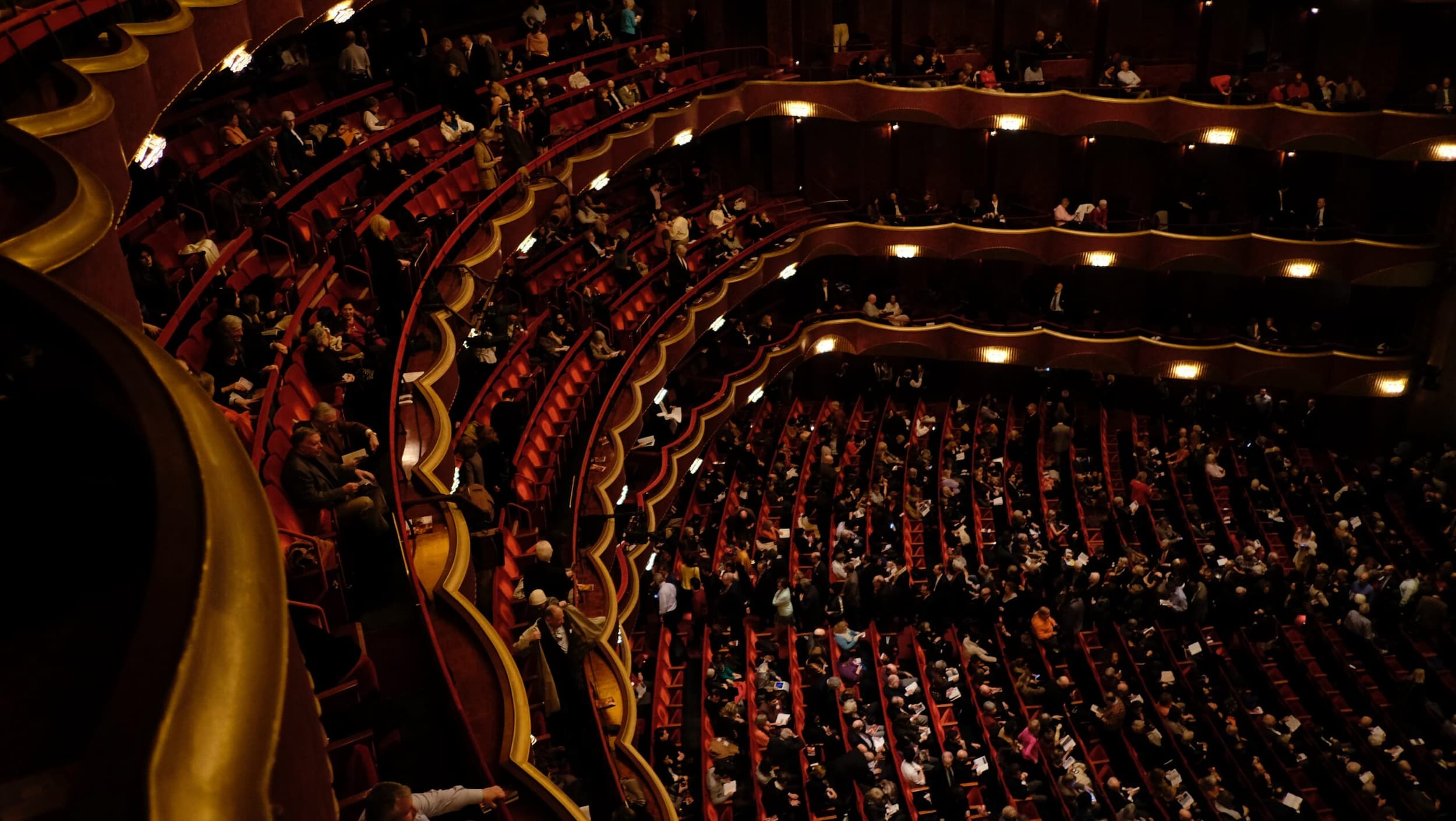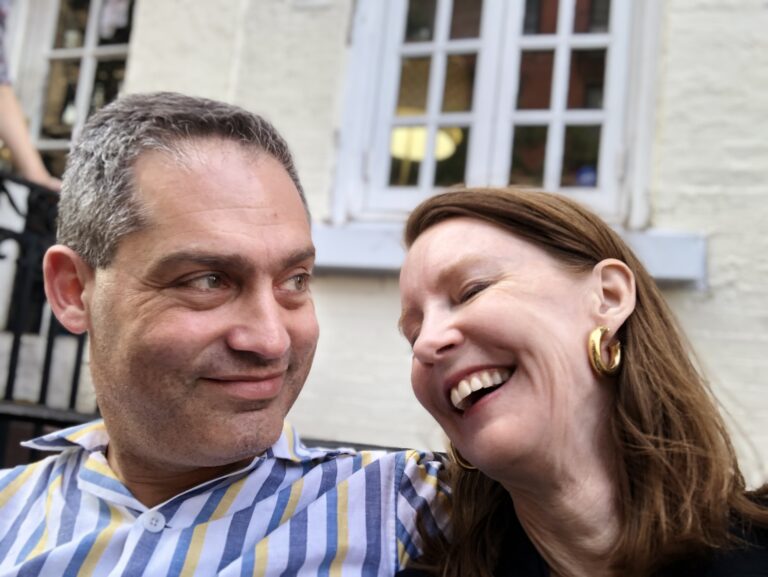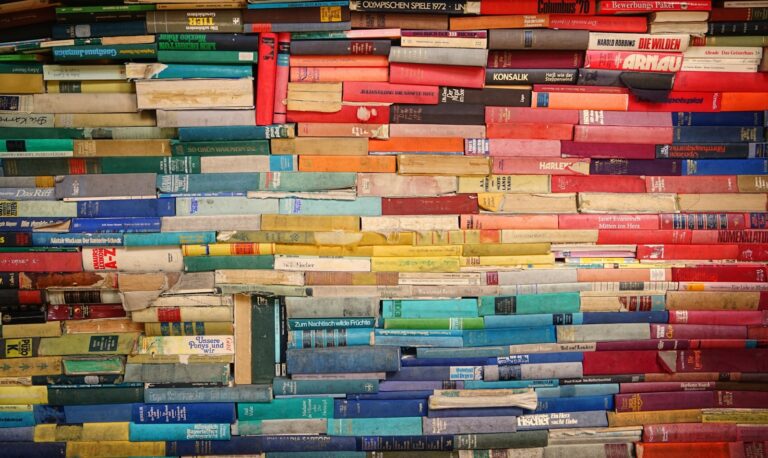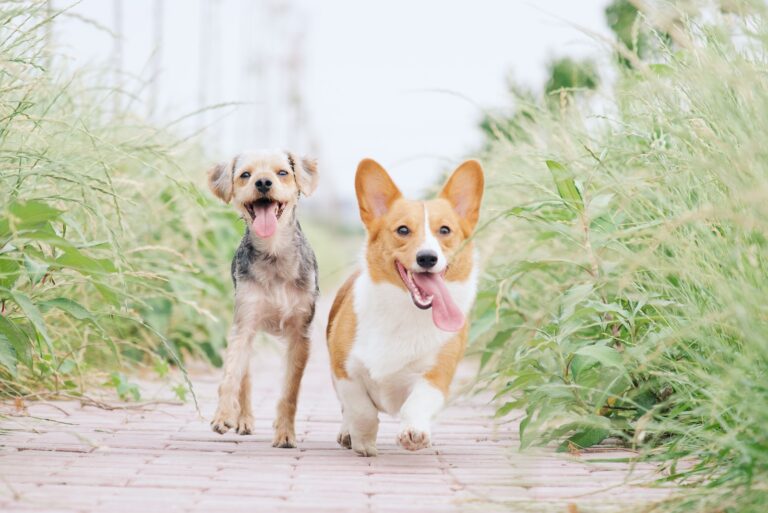When the pandemic hit, I was working on my book about how to reach the mind through the senses and through the body.
I’m not sure what I’ll do with that project, now…in any event, I have an interesting (I hope) argument about what I’m exploring as “the senses.” It’s not the usual list.
For the first time, I’ll reveal the list here:
- Sight
- Hearing
- Smell
- Taste
- Touch (these first five are what we might call the “kindergarten senses”)
- Pattern
- Imagination
- Time
- Other People
The current situation with COVID-19 has got me thinking a lot about the last item: Other people.
Because we’re all safe at home, we’re much more aware of the presence, whether physical or virtual, of other people, or their absence.
And what’s striking to me is how many experiences just can’t be replicated virtually, no matter how terrific the presentation, because they lose so much of their power when we’re not in the presence of other people.
So many cultural organizations are generously making performances, exhibitions, and collections available, and that’s wonderful.
But I don’t want to watch a Broadway show from home. Why not? The other people.
Part of my research for this book project was my Metropolitan Museum experiment. How I loved visiting the Met every day! But for me, that experiment loses its value if I can’t go in person. I don’t want to take a digital tour.
I’ve read many discussions of the role of authenticity in art—why we want to see the actual artwork an artist created, and we don’t care about seeing a replica, even if it’s impossible to distinguish between them. Etc.
I think a big part of experiencing the art is the presence of other people.
When I was telling a friend about my experiment, she said, “Oh, the people-watching! That’s what I’d do. I’d sit on a bench and watch the people going by.”
This surprised me. “I hardly notice the other people,” I said, “unless they’re actually in my way.” And that’s true. To notice other people in the Met, I must specifically train my attention on them—otherwise, my brain just fades them out.
But I know—now more than ever—that their presence is crucial. They make the space lively; they enforce the value of the artwork and the museum itself; they create energy, movement, intensity; they help me to see. The peaceful, absorbed presence of so many people, from all over the world, reassures me.
And now that has changed, in so many ways.
Of course, the importance of other people is well-recognized. Especially for laughter. We laugh far more when we’re in the presence of other people. That’s why, for many years, TV shows included laugh tracks to encourage people to laugh more. (For a fascinating discussion of the evolution of the “Laff Box,” listen to episode 305 of the 99% Invisible podcast, “The Laff Box.”)
I miss seeing my friends and family and colleagues face-to-face, of course.
And I also miss the companionable presence of other people. I’ll never feel the same annoyance in a drugstore line, or on a crowded bus, again. I’ll never be irritated when someone presses past me, late to reach a seat in the middle of a row at the theater. I’ll wait patiently when a crowd forms in front of a painting I want to see. I welcome the opportunity to stand with a steaming cup in my hand, as I search a crowded coffee shop for a table to sit down. I can’t wait to hover around the gate of an airplane, as all my fellow travelers and I wait to rush into line the moment our boarding group is announced. I so look forward to the next time I can’t squeeze my way into a subway car, but have to remain on the platform to wait for the next car to roar down the tracks.
It seems unimaginable to me, now.
How I yearn to be packed tight with strangers!
Right now, we’re in the midst of the COVID-19 crisis, and it will continue and change for a long time. While everyone across the globe is affected, it’s hitting people differently in different places. Countries are experiencing it at different times, and within the United States, states are being hit at different times. The crisis affects individuals very differently, too; people’s fears and challenges vary dramatically. Wherever we are, we’re all so grateful for the healthcare workers and other essential workers who are doing such important work, so courageously, during this time.
I’m writing from my own experience, at this moment, in New York City.




